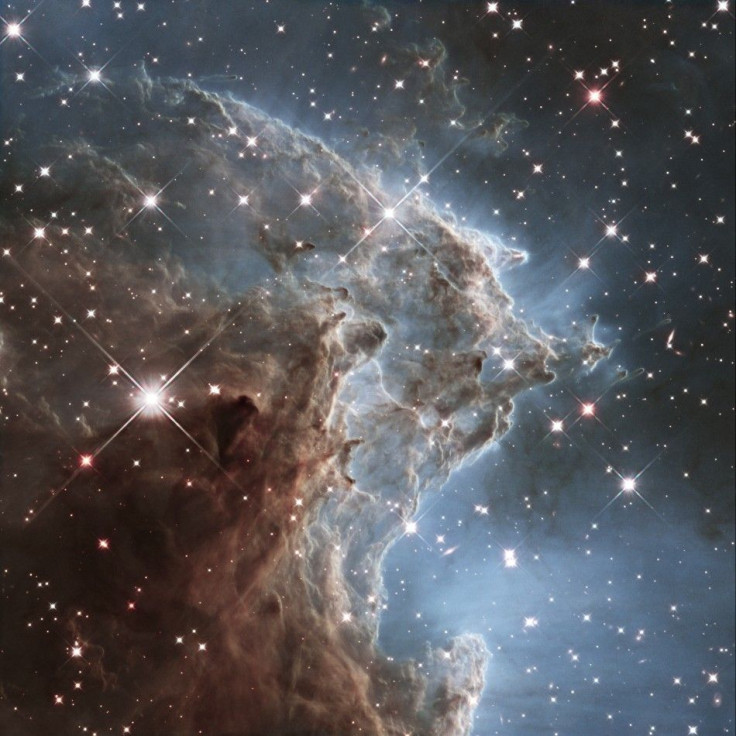NASA Hubble Space Telescope Celebrates 24 Years in Space; Releases New Image of Monkey Head Nebula

Hubble Space Telescope turns 24. In celebration of its twenty four years spent observing in space, Hubble released a new image of a small portion of Monkey Head Nebula, also known as NGC 2174 and Sharpless Sh2-252, which looked like a beautiful spread of twinkling stars.
According to HubbleSite, the new image shows a "collection of carved knots of gas and dust silhouetted against glowing gas," which apparently is not visible to the naked eye. And it seems that the new image is actually similar to a sketch made by Japanese artist Katsushika Hokusai in the 19th century, which was called "The Great Wave."
The new image is stated to be a hint of what is going to come next. Scientists can now expect what the upcoming James Webb Space Telescope (JWST) can produce.
JWST, according to NASA, will be a powerful "time machine" incorporated with infrared vision that will look back over 13.5 million years to capture what had been the first stars and galaxies of the early universe. The JWST has a capability that no other telescopes have. The new space telescope will have the ability to look farther and bring new galaxies into view.
Monkey Head Nebula, according to a scitech daily report, is 6,400 light-years away from the famous constellation Orion, also called "The Hunter." Hubble first released an image of Monkey Head Nebula in 2011 after its visit in 2001. And since Hubble is celebrating its 24 years on April 24, 2014, the space telescope decided to revisit the portion of the sky where the nebula is, capture an infrared light portrait and release the stunning new image.
According to the spacetelescope.org Web site, nebulae are violent stellar nurseries which are filled with elements needed for star formation. The key element in NGC 2174 is hydrogen gas, which is "ionized by the ultraviolet radiation emitted by the young stars."
The young stars are what comprised the stunning new images captured by Hubble with the use of Wide Field Camera 3. The said camera is considered to be what is enhancing the observational competence of the Hubble Space Telescope.




















